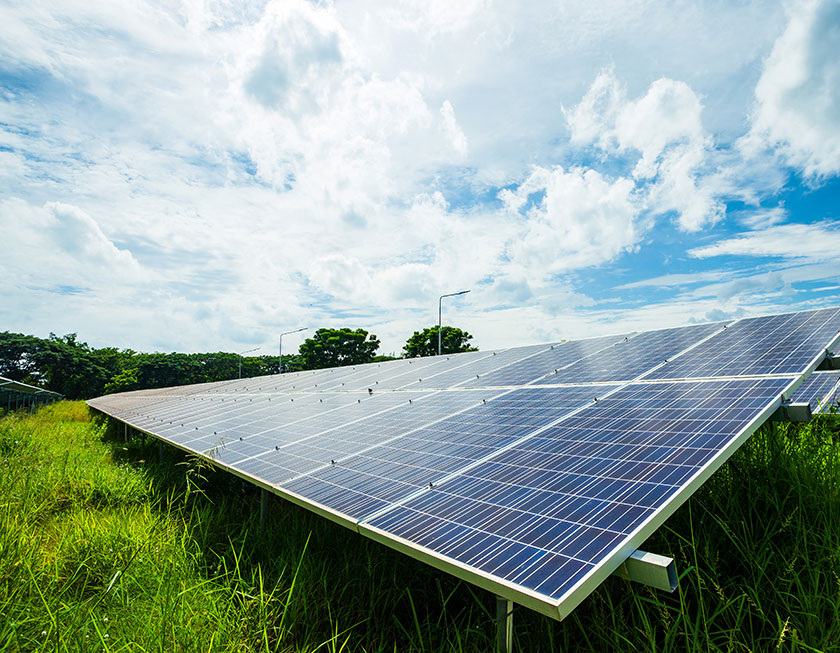4.3 Conventional approaches used to boost the efficiency in crystalline silicon solar PV industry

4.3 Conventional approaches used to boost the efficiency in crystalline silicon solar PV industry
As we realized in the previous article, crystalline silicon is not good at absorbing light efficiently. It is highly reflective and thus it losses a considerable portion of incident sunlight. In order for us to minimize the reflective loss and thus to raise the light absorption and efficiency of the cell, we need to tone down the reflectivity as much as possible. Use of anti-reflective coatings is an effective strategy but is not sufficient enough to make silicon solar PVs more efficient. Surface texturing (Textured front-side) is another attractive approach used to reduce the reflective loss with or without an anti-reflective coating. It makes the surface rougher leaving anti-reflecting features on the surface. The shape of the features may be square pyramids, pillars, or cones [1].
How does it work?
It is observable that any rough surface reduces the reflective loss by redirecting a great deal of reflected light back towards the cell with the help of anti-reflecting features on the surface. Unlike in a smooth surface, a textured surface, therefore, exhibits excellent light trapping properties and low reflective loss. Obviously, low reflective loss and improved light trapping capacity means high penetration of sunlight on to the solar cell. Also, increase in the path length of light inside the cell boosts the probability that the free electrons in the lattice capture light photons to jump on to the conduction band. As a consequence, both of these phenomena enhance the short-circuit photocurrent, and open-circuit-voltage of the cell leading to improved overall efficiency.
How surface texturing is archived
Various techniques such as photolithography, reactive ion etching, and laser texturing have been developed for surface texturing [2]. Today, alkaline texturing is widely being used for monocrystalline silicon solar cells. This etching process leaves randomly sized, distributed, square pyramid-shaped features as it is an anisotropic process. Since alkali surface texturing is anisotropic, it is not suitable for the texturing of polycrystalline silicon solar cells that consist of many randomly oriented grains. Therefore, acid-based isotropic wet etching techniques are used for texturing of polycrystalline silicon solar cells [3].
Competence of surface texturing as a strategy?
Texturing techniques have also been evolving with solar photovoltaic technology. While 30% of incoming solar radiation is reflected into the surrounding air by the surface of a polished silicon wafer, it can be reduced to about 15% even without an anti-reflective coating [1]. Some texturing processes have been reported to bring down the reflectance to about 10% and even less than 5% for multicrystalline silicon solar PVs with the assistance of silver etchants.
Power of texturing is observable, proven and therefore, is unquestionable. While texturing itself is capable of reducing the reflectance significantly, it can be used along with anti-reflective coatings to further reduce the reflective loss leading to much efficient photovoltaics on your rooftop.
Reference
[1] Kelvii Wei, G. U. O. (2017). Surface texturing for silicon solar energy by wet acid. J Nanosci Adv Tech, 2(1), 24-29.
[2] Do, K. S., Kang, M. G., Park, J. J., Kang, G. H., Myoung, J. M., & Song, H. E. (2013). Surface Texturing of Crystalline Silicon Solar Cell Using Silicon Nanowires. Japanese Journal of Applied Physics, 52(9R), 092301.
[3] Battaglia, C., Cuevas, A., & De Wolf, S. (2016). High-efficiency crystalline silicon solar cells: status and perspectives. Energy & Environmental Science, 9(5), 1552-1576.
Ctd
